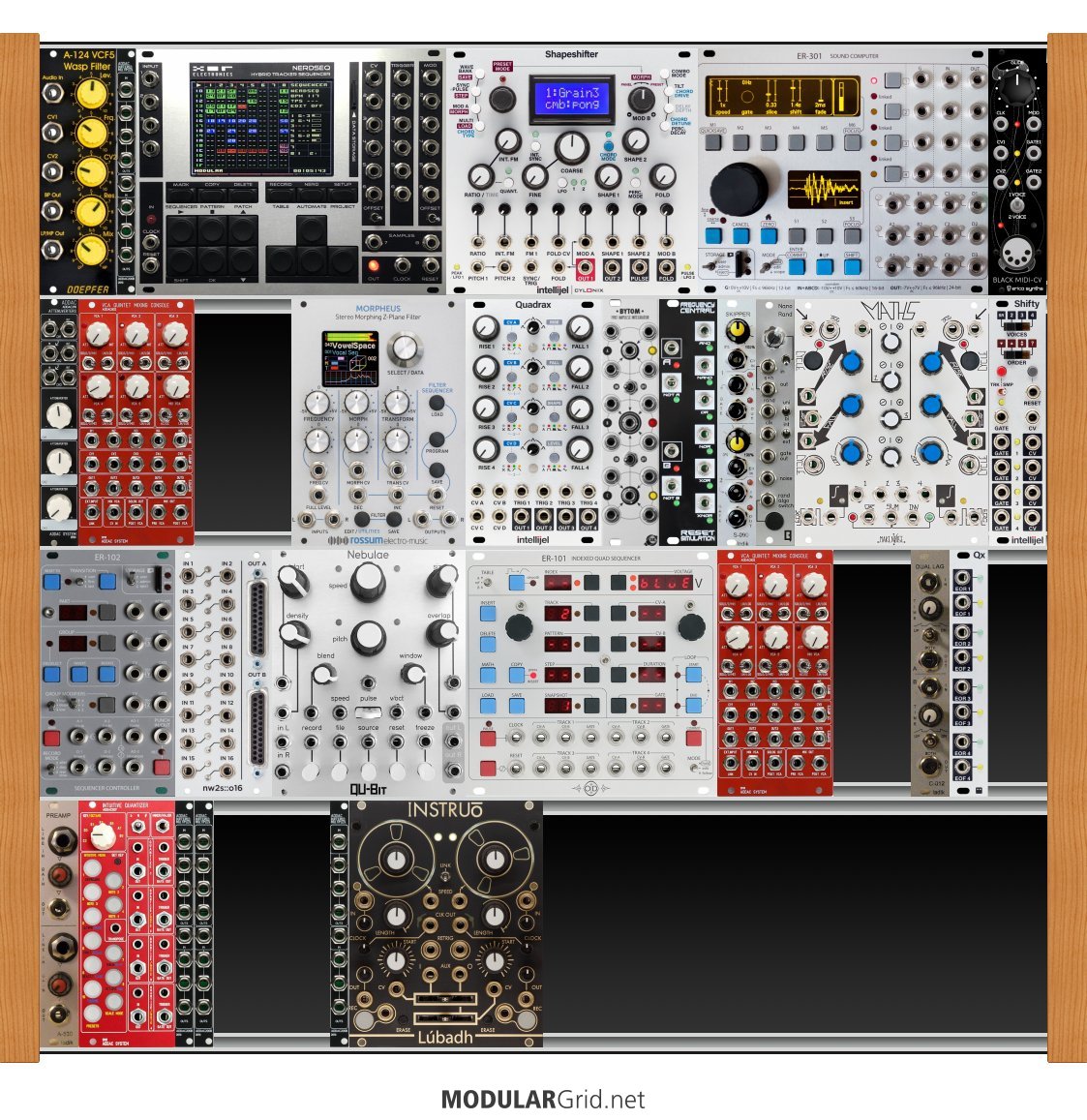Hi,
This is a build created with help from the forums from two awesome members. I changed some things up a bit. Nothing is certain yet ofc. I have a few points of concern left.
Not enough mults/attenuators/offset generators. I have thought about:U-110 from Ladik. Also there is a M174 mixer that will join my modules soon if I can get to order it. I have some of the modules laying here while my case is getting build. My question basically is: Will I notice these are missing would I build this whole system as it stands here?
The outputs. The main idea was first: A toppobrilo 4 channel mixer. (I hope I spelled that correct :) ) + A Ciao from Bastl. Stuff goes from the Toppobrilo to some fx and goes to the Ciao Bastl Then out to my Daw. But this is not what I want. I want to multitrack to my daw (8 channel UCX). I was thinking about some Ladik P50 4 Ch (outs).
https://www.modulargrid.net/e/ladik-p-520-4ch-out-line
Can I then just let my audio run trough the Ladik P50's. Then to my I/O and hope for the best? Or is there a better more efficient way? Maybe put some attenuators in front of those P50's? I'm overstudying this and getting lost and I would appreciate any kind of help.
Thank you very much.
Kind regards,
Glenn


